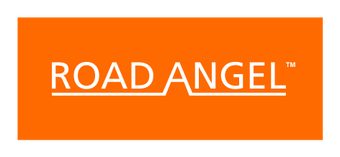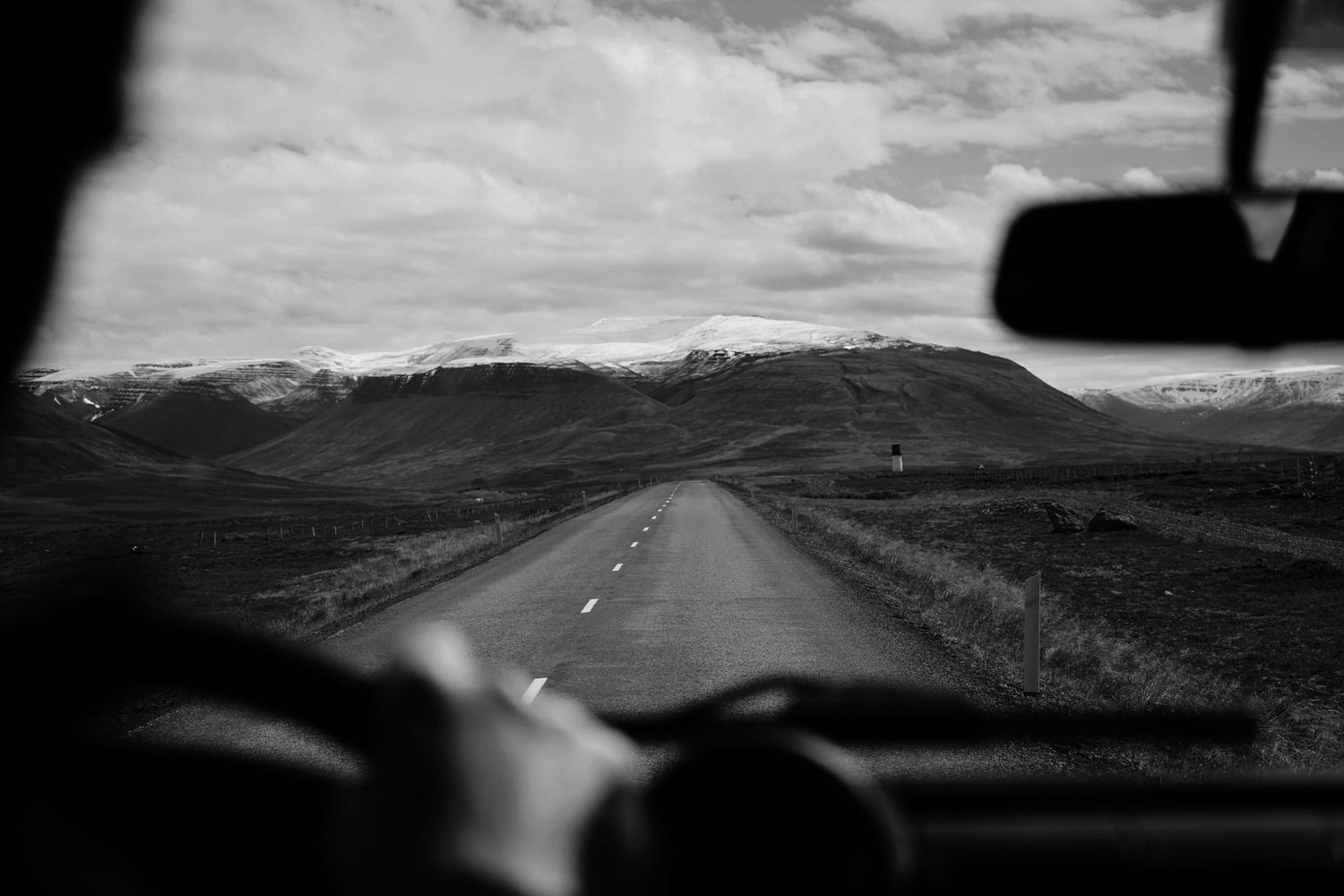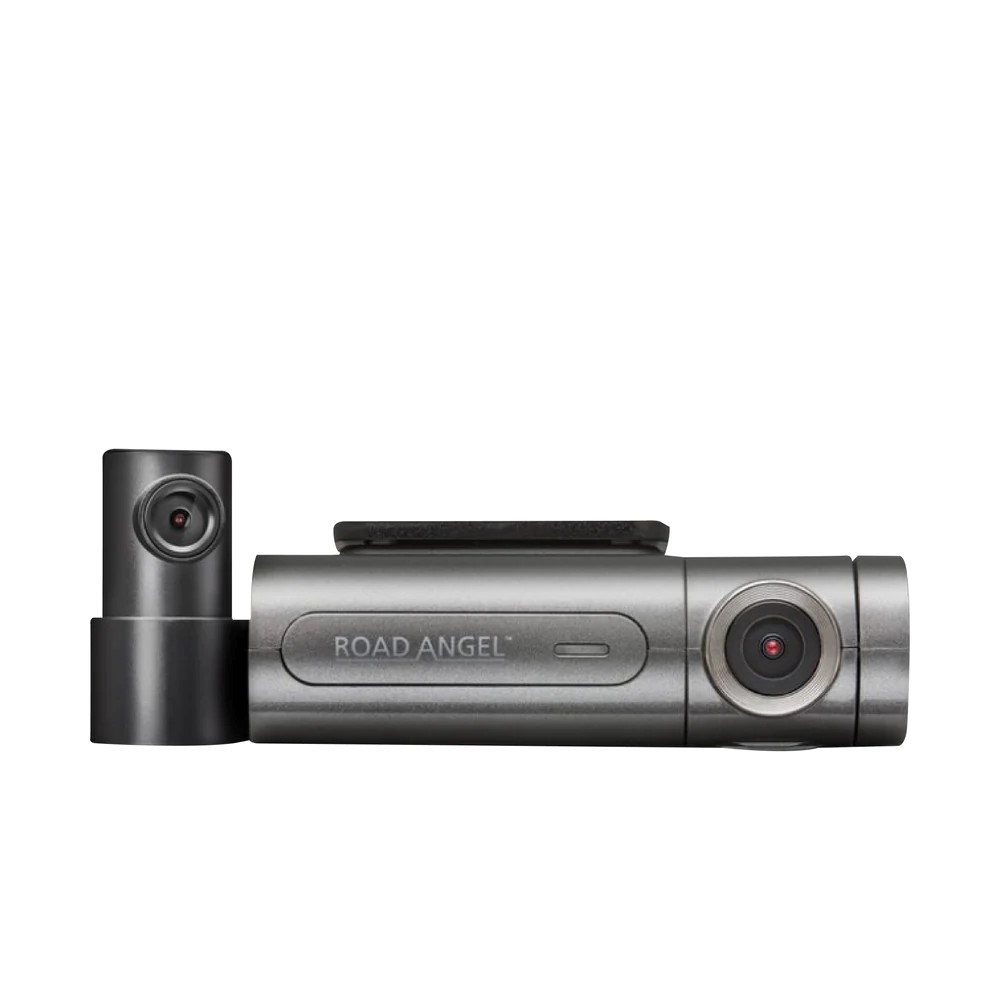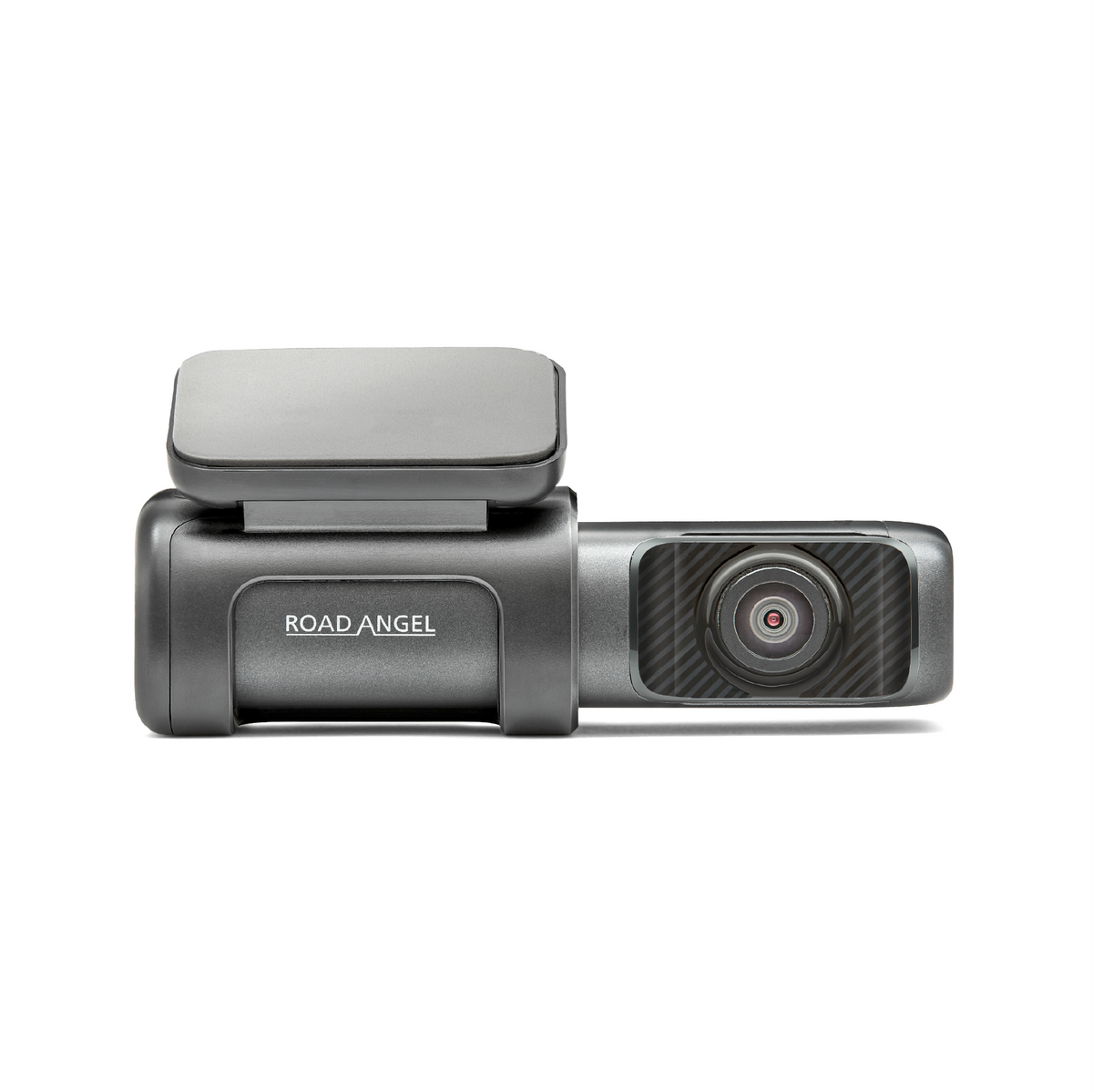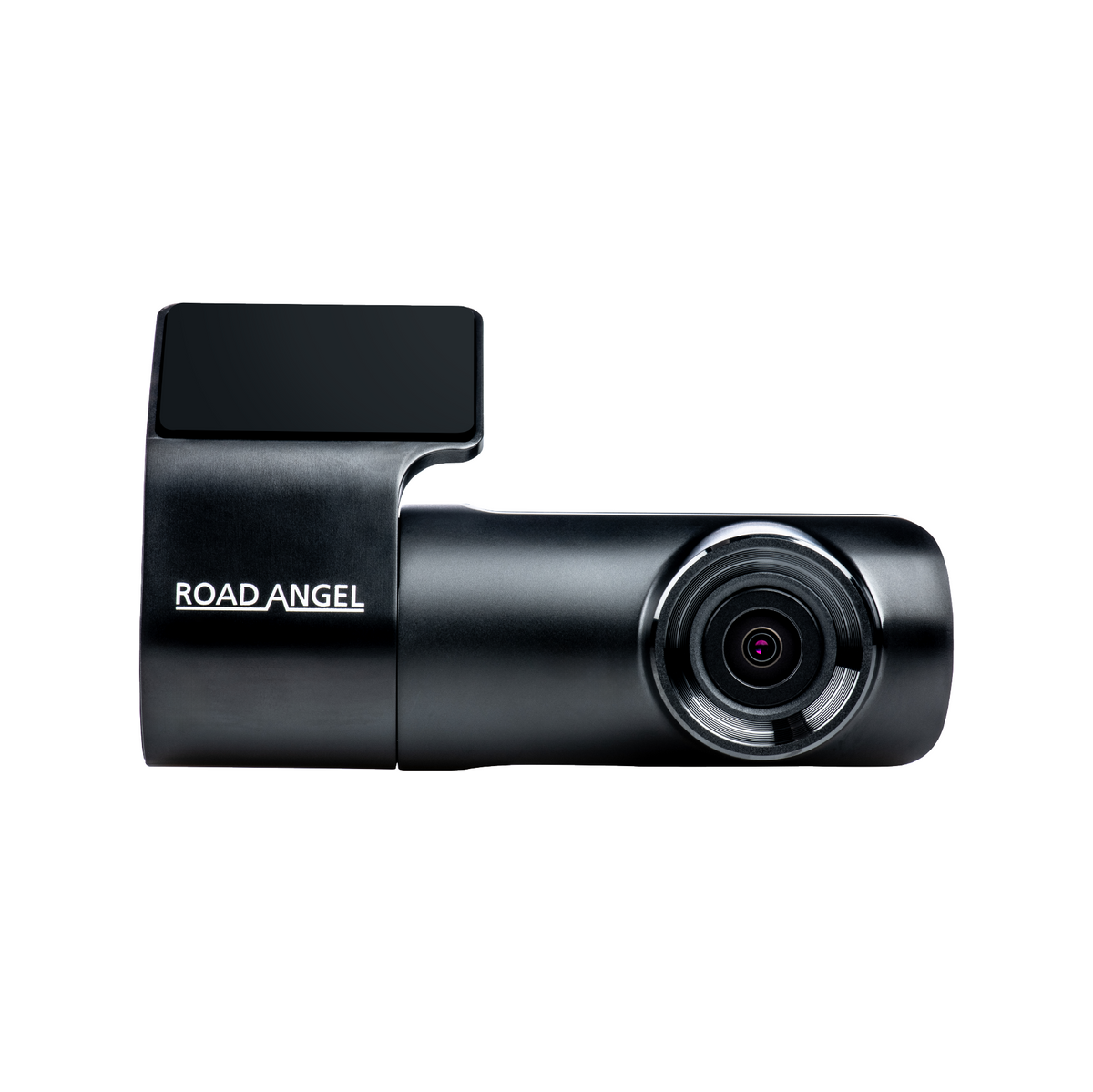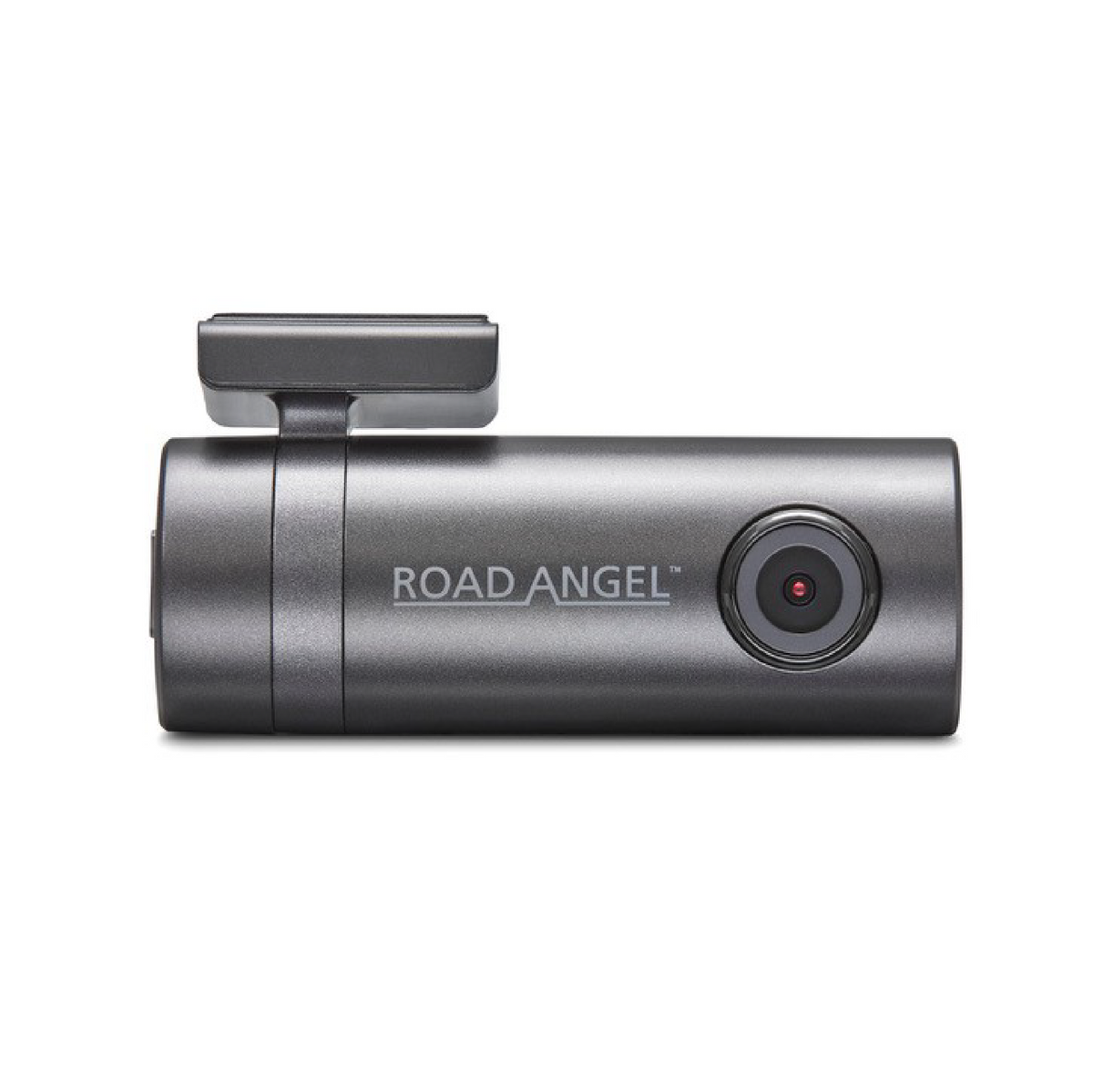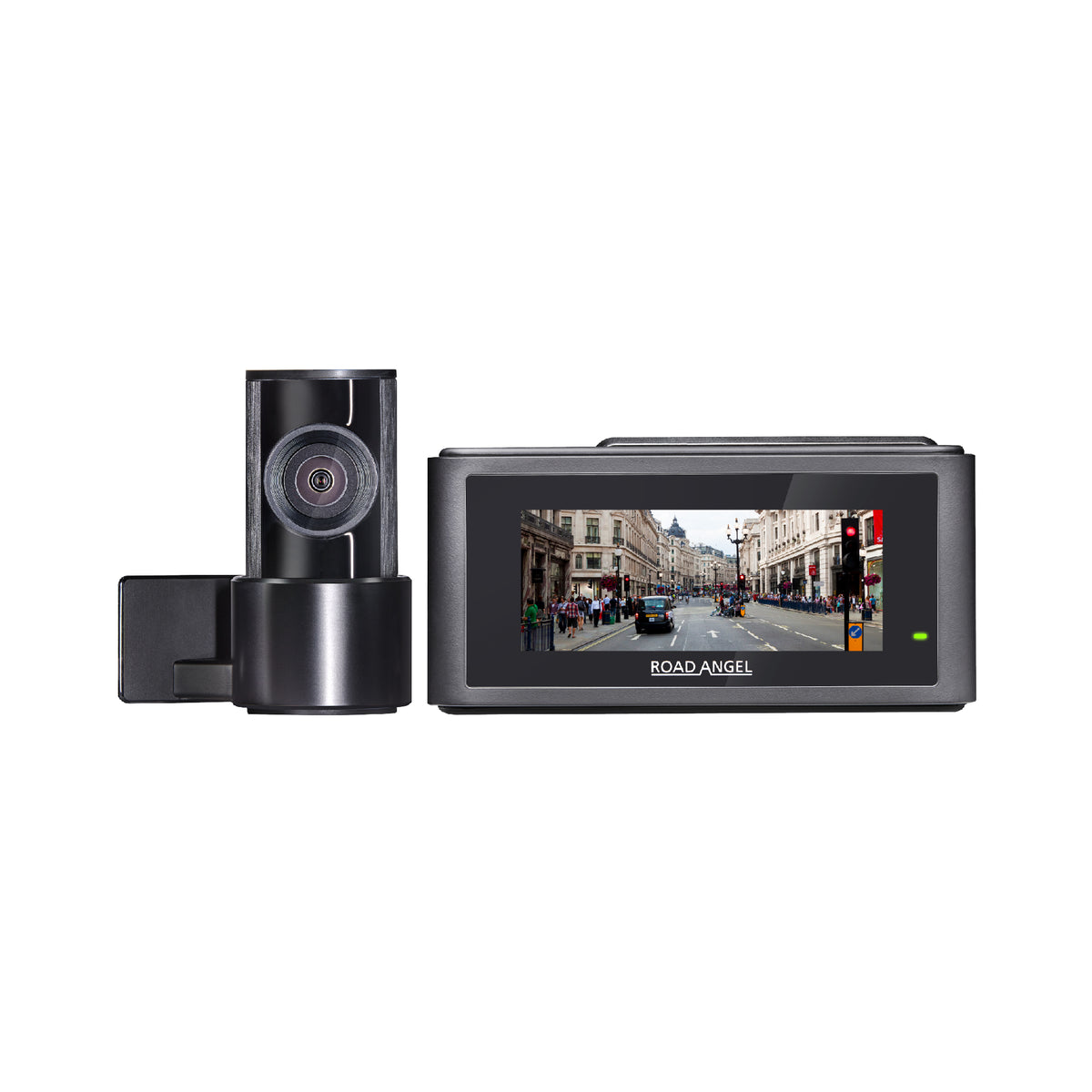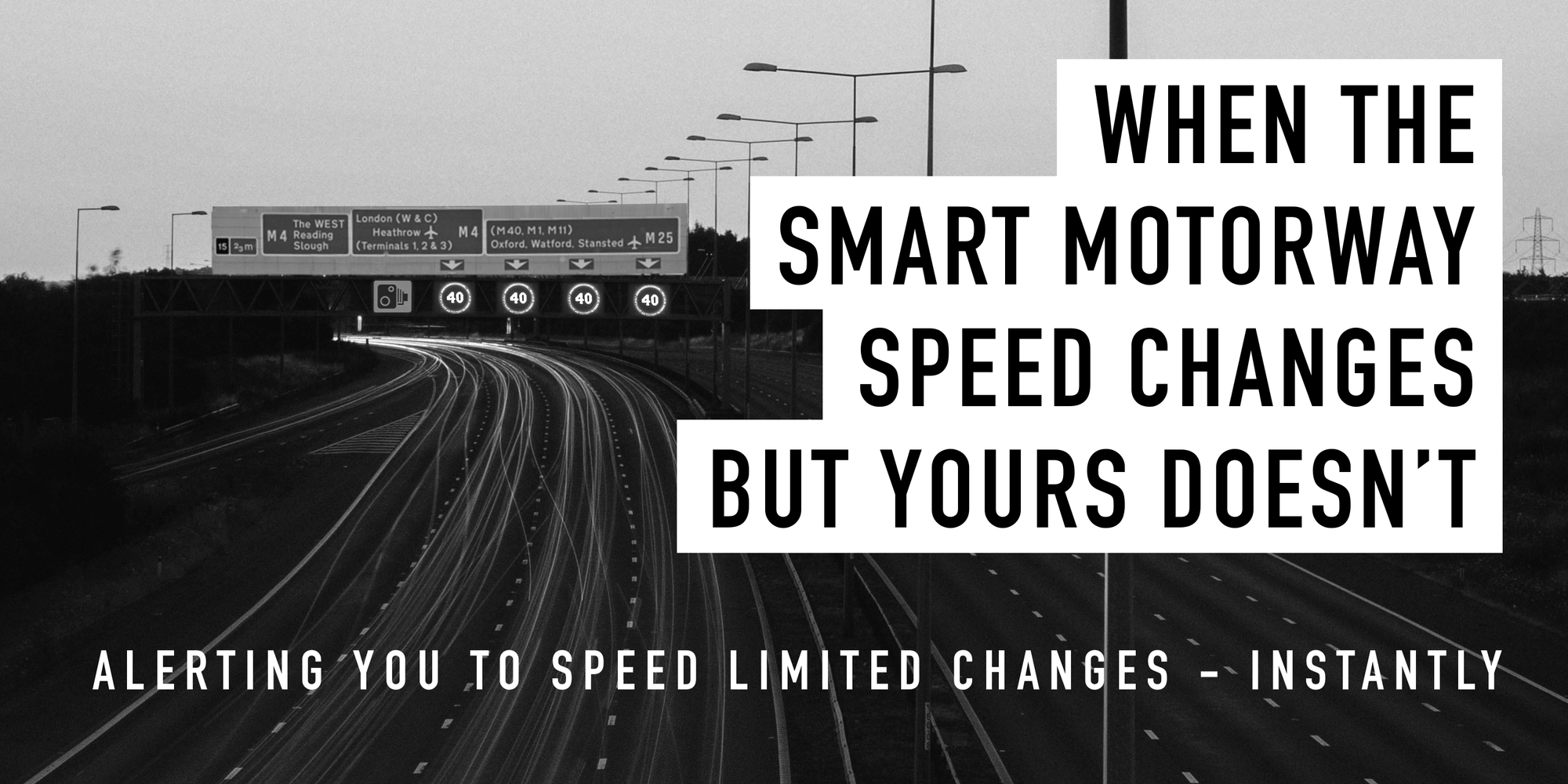‘Crash for Cash’ stories are always in the news so having a device on your dash board such as a Road Angel Halo which can record incidents, is a genuine must for motorists these days.
It has been suggested that ‘Crash for Cash’ costs the industry £340 million annually, leading to inflated premiums for motorists and businesses.
The evidence suggests that these incidents increase year on year but having a Road Angel Halo in your car can protect you and other motorists, should you be involved or a witness to an accident of this nature.
What is the definition of a ‘Crash for Cash’ accident?
‘To Stage or deliberately cause a road traffic collision solely for purpose of financial gain’
‘Crash for Cash’ scams are rum by fraudsters who manufacture collisions, sometimes with innocent road users, hoping to profit from fraudulent insurance claims. With claims from a single collision potentially worth tens of thousands of pounds, organised fraudsters are orchestrating scams that involve multiple collisions and can be worth millions of pounds
Below I have listed the 5 most common types of ‘Crash for Cash’ accidents, locations where they are most likely to occur and notes on what to do should you become involved in a ‘situation’.
|
1 |
Traditional ‘slam on’ accidents – a vehicle in front intentionally slams on the brakes to catch out the driver behind |
|
2 |
Flash for crash – when a driver flashes their lights to beckon another vehicle forward but then drives into them |
|
3 |
Crash for ready cash – a third-party requests cash to fix their vehicle after they have induced a collision |
|
4 |
Hide and crash – a vehicle ‘hides’ in the blind spot of another car before moving in front and braking hard |
|
5 |
Hire and crash – where a criminal hires a car and stages an accident with another vehicle, usually someone they know |
Top five locations favoured by ‘crash for cash’ fraudsters
|
1 |
Major Roundabouts – motorists can be distracted by multiple road signs and signals |
|
2 |
Small out-of-town roundabouts – fraudsters have an easy escape route and no CCTV |
|
3 |
Busy motorways – e.g. ‘Hide and crash’ incidents |
|
4 |
Traffic lights – potential witnesses will be reluctant to stop and help |
|
5 |
Turning from a side road |
Here is what you need to do in the event of one these incidents happening to you.
|
1 |
|
Count number of occupants |
|
2 |
|
Ask for all names of occupants |
|
3 |
|
Note registration plate of other vehicle(s) |
|
4 |
|
Take photographs of the cars before they are moved |
|
5 |
|
Look for independent witnesses or CCTV or use dashcam footage |
|
6 |
|
Keep safe in case others become aggressive |

